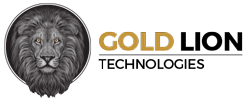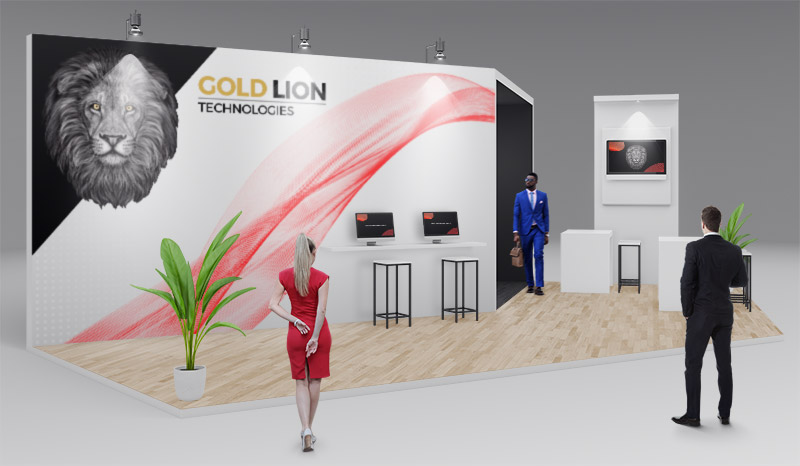
11 Tricks to Design Trade Show Graphics and Boost Your Business
If you are thinking of incorporating trade show graphics in your business, you are on the right track. This type of marketing and advertising of your brand could bring positive results if you use it effectively.
You have to get the designs right from colors, images, light, and fonts to the positioning of the graphics. Continue scrolling to dive deep into some of the best tips on how to design your trade show graphics.
1. Use High-Resolution Images
Adding images to your trade shows is one of the best ways to appeal to your visitors. Aesthetics attract the eyes. However, this will depend on the quality of the images you are using. High quality and high-resolution images are more likely to interest your audience than pixelated or blurry images. Low quality Images are likely to sabotage your brand.
2. Be Cohesive
Trade show graphics are like a piece of literature. You will enjoy reading a work that has flow and good grammar. On the other hand, a jumbled up piece might be annoying and provoke disinterest. Similarly, your trade shows must be holistic from images, font sizes to brand colors. Harmonizing these elements will help you tell your story in a simple but beautiful way.
3. Add Motion To Your Graphics
Using technology to add motion to your images is a great way of capturing your audience’s attention even more. Motion graphics are animated videos. They could comprise sound effects, GIFs, voiceovers, audio, or virtual reality.
Studies show that most people find it easy to process information through visual storytelling. The visuals could help explain abstract concepts or contain tutorials showing how to use a product.
4. Focus On More Graphics And Minimal Words
The reason why it’s called trade show graphics is that you use visuals to illustrate your product. Write sparingly—probably only adding a logo, a tagline, and brief snippets where necessary.
You can maximize the content on your blog. Use your trade shows to illustrate, with the help of visuals and audio-visuals, how your product works.
5. Invest In Lighting
Assuming you have your graphic booth ready and stacked with images, it’s now time to add some life to it! It makes it easy for your visitors to see and read messages on your graphics. There are different lighting options to make your pictures look unrivaled.
These include overhead lighting to illuminate specific areas and create emphasis, backlit paneling to light up your space, and accent lighting to show details and texture. Do not overdo it to avoid blinding your audience.
6. Have Your Audience In Mind
When designing trade shows, one fundamental question you should ask yourself is, ‘who am I creating for?’ Assess who’s buying from you or consuming your content. Find out their gender, age, careers, where they live, and their daily habits. Understanding your audience will help you generate buyer personas that will guide your design.
7. Space Out Your Graphics
As you read this blog post, you might have noticed plenty of white space to avoid suffocating you with content. The same applies to your trade show graphic booth. Graphics shouldn’t be all over your place.
Instead, leave spaces to help your visitors navigate the area easily. Your booth graphic should have 40% empty space. It ensures that your graphics are spread out, and the audience isn’t choking on visuals.
8. Make It Engaging
So now your booth is well packed with graphics ready for display. Even better, people are streaming in to see what you’ve got. Visuals are cool, but they are not enough. You need to combine them with something else to engage and entertain your visitors. It could be giveaways, games, or product demos for more interactive content. Be creative and innovative in trade shows!
9. Use The Right Font In Your Messages
Fonts have an impact on your audience. They can show emphasis, evoke emotions, or set the mood for your trade show. The first thing to consider is a readable font. If people are struggling to read what is on your graphics, then you are jeopardizing your brand.
The most commonly used fonts are Comic Sans, sans, and serif. Your choice will depend on the kind of message you convey and your target audience. If working with a corporation, you must consider brand requirements and adhere to them to maintain consistency. Do not use two different fonts on the same graphic.
10. Use Contrasting Colors
Colors are more enticing when you achieve contrast. With the appropriate contrast, your display becomes effective. Your text color should portray a sharp contrast to your background color.
Play around with your brand’s dark and light colors for pairing. Also, avoid using lots of colors. Three colors per exhibit is fantastic. I’m sure there are brands you can instantly identify by color. Similarly, if used appropriately, color will make your brand memorable to your audience.
11. Determine A Strategic Position For Your Trade Show Graphics
Legibility, position, or size determine the placement of your graphics. There are three main categories of large-format graphics used in trade shows. They are long-range, mid-range, and short-range graphics.
You will find long-range graphics suspended above a ceiling within a booth to help people see your brand messages from a far distance. You could use long-range graphics to showcase your brand’s logo, slogan, or what you would like to be recognized more.
If your exhibit space isn’t suitable for long-range graphics, then mid-range graphics are a good option. They will help you trigger curiosity and probably intrigue your audience. Mid-range graphics are placed about 40 feet away from the aisle and slightly above the ground to fit eye level.
Lastly, short-range graphics are positioned near your visitor. The focus is on information, and you could use them to describe features of your product, benefits, tell your story, or indicate your contact information. Even though it allows for long-form text, do not stuff lots of information on it.
Conclusion
Well integrated, colors, visuals, fonts, and lighting on your trade show graphics will help you take your business to a higher level. Apply these tips, and you will be surprised how simple they can be. If you intend to use your graphics for future trade shows, then consider durability. Invest in sustainable high quality graphics. Contact us today for a free quote!



